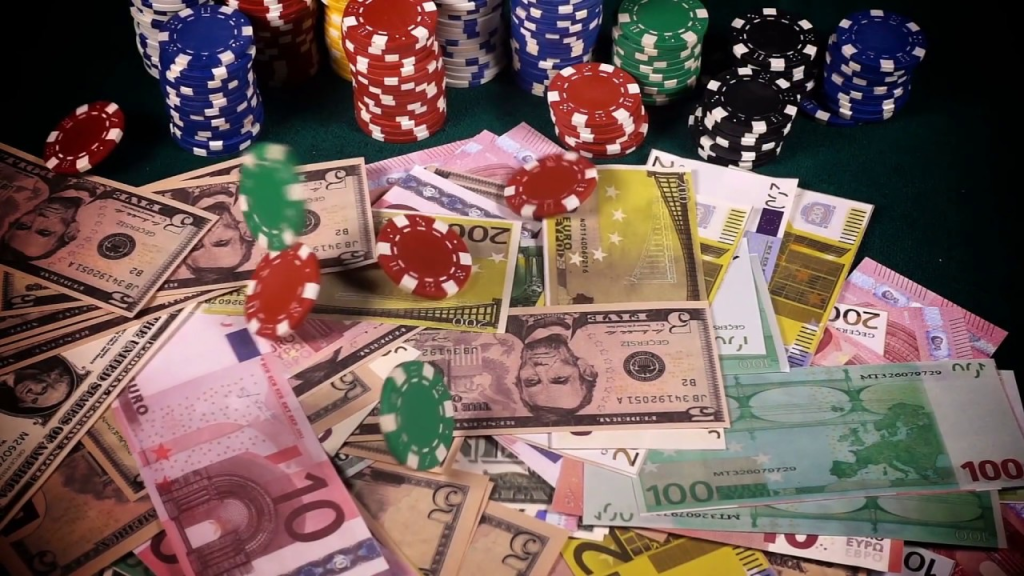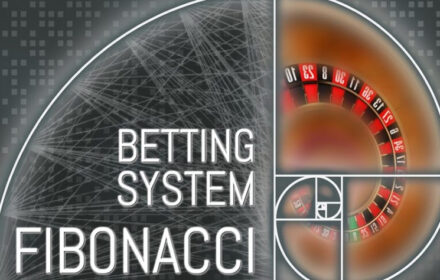In an industry dominated by probability, frivolity doesn’t work. However, there are exceptions. The biggest casino wins are examples of incredible chance, mathematical uniqueness, and human determination. These events are no longer mere statistics but have become legends, with precise dates, numbers, and names.
The sums involved in these stories are shocking even to industry veterans. Players who have made history have proven that skill, risk, and luck can sometimes create an explosive combination. Winning mechanisms range from mega jackpots to complex blackjack bets with strict bankroll management strategies.
Archie Karas – $40 Million: A Three-Year Phenomenon Without Rules
Archie Karas turned $50 million into $40 million in less than three years. The unique nature of this business has earned him a prominent place in all major casino winnings rankings. The initial capital was invested in poker, where an aggressive strategy was pursued, with rapid increases in bets and matches against professionals. A winning streak at the table led to a craps session with a six-figure bet.

The lack of discipline was accompanied by an incredible series of coincidences. There were no fund management provisions: all the money was constantly in circulation. This tactic violated classical principles, but it did generate stable short-term profits.
Billionaire Kerry Packer is taking on the system, and his casino winnings are among the largest
 Kerry Packer employed aggressive strategies at the blackjack tables. The main calculation was based on card counting and maximum bets. According to various sources, the total winnings ranged from $20 to $40 million, but the game mechanics were always the same: high volatility, precise calculations, and a large capital base. A team of analysts and personal advisors provided precise data on limits, trading behavior, and drop statistics. This preparation reduced the element of chance and transformed the process into one based on probability control.
Kerry Packer employed aggressive strategies at the blackjack tables. The main calculation was based on card counting and maximum bets. According to various sources, the total winnings ranged from $20 to $40 million, but the game mechanics were always the same: high volatility, precise calculations, and a large capital base. A team of analysts and personal advisors provided precise data on limits, trading behavior, and drop statistics. This preparation reduced the element of chance and transformed the process into one based on probability control.
Young Engineer – $39.7 Million: A Coincidence Captured by an Algorithm
An unknown engineer won $39.7 million on a Megabucks slot machine. The slot machine’s operating principle was based on a random number generator linked to a progressive jackpot that accumulated on dozens of machines nationwide. The odds of winning are 1 in 49,836,032. The minimum bet activates the chance of winning the jackpot. All lines were played with the maximum bet, which was considered a mandatory requirement to win the top prize. The strategy excluded gradual buildup and required a full bet on every spin.
Elmer Sherwin – $25 Million: Doing the Impossible
Elmer Sherwin was the first person to win the Megabucks jackpot twice. The first prize was $4.6 million and the second $21 million. The period between the events was 16 years. This phenomenon even interested vending machine developers, because the probability of such a recurrence couldn’t be calculated using conventional mathematical models.
Sherwin had a consistent style: he used the same slot machines and placed his bets at the same time of day. Despite the machine’s random nature, these actions formed a ritual structure that influenced the process psychologically.
Don Johnson – $15.1 Million: Mathematics and Cold Calculation
Without Don Johnson’s example, even the biggest casino wins would be unthinkable. The player made individual agreements with the table operators to reimburse a portion of the loss (refund). With a bet of $100,000, the ribet reached 20%, significantly reducing the mathematical loss expectation.
Johnson expertly used card counting, standardized deviations, and controlled hands to gain a mathematical advantage. The average winning time is 12 hours per session, and up to four tables can be open simultaneously.
John Tippin – $12 Million: Thrill vs. Probability
The largest casino jackpot is named after John Tippin, after he won $12 million. Mechanics: Megabucks slot with full bet on all lines. The key element is a single spin without preparation or strategy. Tippin spent a significant portion of his winnings in a short period. The case went down in history as an example of a lack of financial education after receiving a large sum of money.
Emi Nishimura – $8.9 Million: The Power of Momentum
Emi Nishimura’s story confirms the importance of emotional impulses. The decision to gamble was spontaneous, and the winnings amounted to $8.9 million. The pot was activated with a maximum bet of $3. The slot machine model featured a ten-line grid and a progressive bonus game. Amy donated most of the money to charity and debt counseling. The incident was widely discussed in news reports as an example of socially responsible ways of dealing with sudden enrichment.
Mike Ashley – $1.83 Million: A Sports Approach to Betting
Football club owner Mike Ashley won $1.83 million after betting £480,000 on roulette with odds of 100:1. He used a system he developed with mathematicians. The solution contained 17 numbers and was based on recurrence theory. The principle was to use edge coverage with minimal correlation. The calculation was based on analysis of the spin history on a given wheel, the number of spins before the dealer changes, and the mechanics of ball placement.
Statistical Perspective and Psychological Aspects
The odds of winning the Megabucks jackpot are 1 in 49 million. The average winning bet on these machines is between $3 and $5. The expected recurrence rate of such events is once every 16 months for the entire jackpot system. Players who became big winners in the casino often exhibited impulsive or strategically calculated behavior. Each case reflects contrasting approaches (emotional and analytical), adding complexity and analytical value to the list.
Conclusion
 The biggest casino wins result from the combination of probability, intuition, and discipline. These events continue to inspire analysts, developers, and enthusiasts and form a cultural foundation. Despite the randomness, each data set illustrates a possible scenario in which the right move could lead to eight-figure results.
The biggest casino wins result from the combination of probability, intuition, and discipline. These events continue to inspire analysts, developers, and enthusiasts and form a cultural foundation. Despite the randomness, each data set illustrates a possible scenario in which the right move could lead to eight-figure results.
 en
en  ru
ru  de
de  ar
ar  es
es  nl
nl  hi
hi  fr
fr  it
it  pt
pt  el
el 



